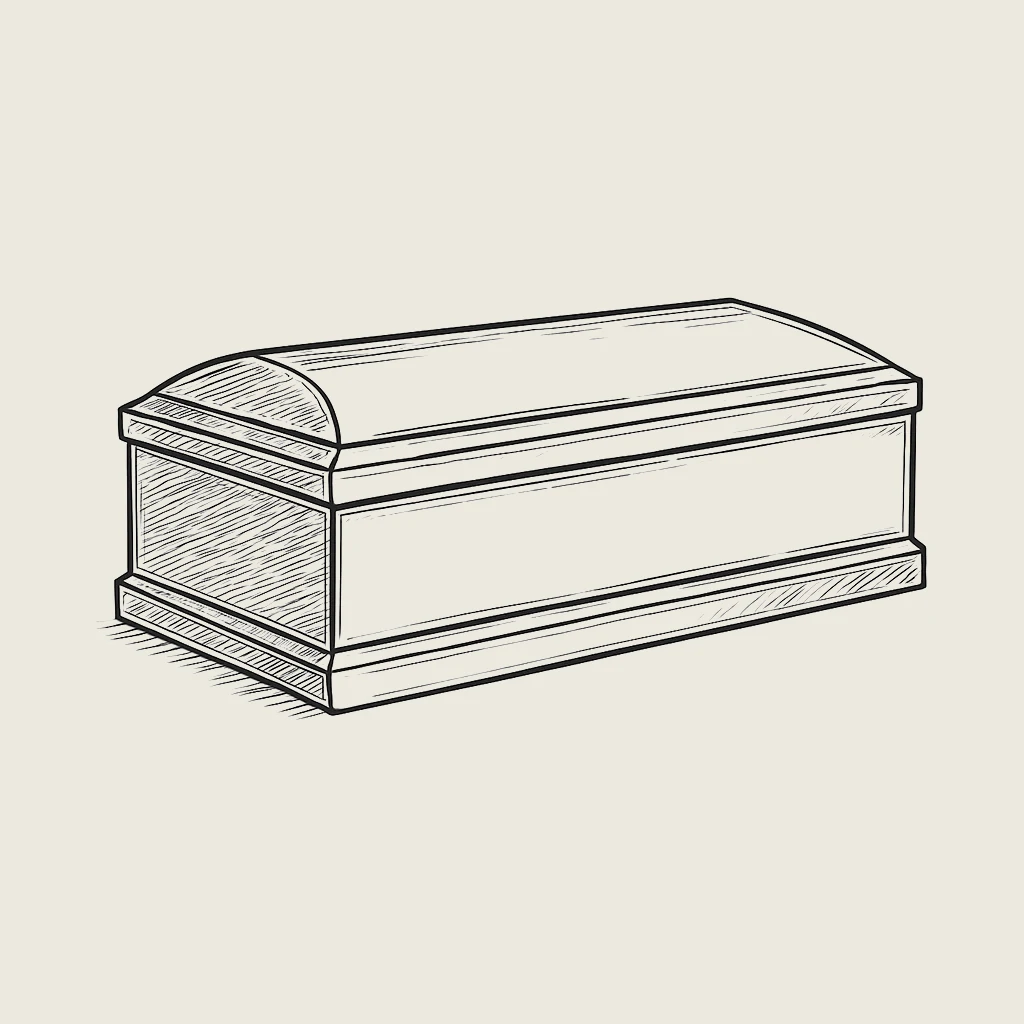How Muslims Are Buried According to Sharia
The Importance of Following Traditions in Muslim Funerals
The process of bidding farewell to the deceased in Islam is strictly regulated by religious norms. Descriptions of how Muslims are properly buried are found in hadiths and the works of Islamic scholars. However, modern customs sometimes diverge from true Sharia prescriptions, which can lead to mistakes during the ritual. That is why it is essential to rely on verified knowledge to honor the deceased appropriately and avoid prohibited actions.
Actions Near the Dying Person
When it becomes clear that a person is nearing death, their relatives must show special care. The dying person should be laid on their right side facing the Qibla. If that is not possible, the head is raised so that the face is directed appropriately. According to the Sunnah, it is recommended to remind the dying person of the Shahada, but they should not be forced to say it. The correct body position before death symbolizes the soul’s orientation toward the sacred direction. These actions are part of the spiritual preparation for the transition to the afterlife.
Preparing the Body of a Deceased Muslim
Immediately after death, the eyes of the deceased Muslim are closed, the jaw is tied, and the clothes are removed. The body is placed on an elevation to ensure hygienic and ritual standards. A heavy object may be placed on the stomach to prevent bloating. All these steps are carried out with respect and in strict accordance with Islamic guidelines. Special attention is given to cleanliness, which is of great significance in Islam, both in life and after death.
Ghusl (Ritual Washing) and Tayammum
Before burial, the body must undergo ritual washing — ghusl. A man should be washed by a man, a woman by a woman, except in cases where a wife may perform ghusl for her husband. If ghusl is not possible, tayammum — purification with clean dust — is allowed. A special rule applies to martyrs — they are not washed. These acts are mandatory: washing, shrouding, funeral prayer (janazah), and burial. Together, they ensure the complete fulfillment of the farewell ritual for a Muslim.
Shrouding: Composition and Rules
The shroud, or kafan, is a mandatory burial garment. A man is wrapped in three layers: lifafa, izar, and qamis. A woman’s kafan includes five elements, such as khimar and hirqa. These components ensure the full covering of the body and adherence to tradition. Before wrapping, the body is wiped with cloth and perfumed. Deceased infants who showed no signs of life are wrapped without the funeral prayer. Shrouding symbolizes submission to Allah and respect for the deceased’s body.
Janazah Prayer — The Funeral Prayer
Prayers for the deceased are a crucial part of a Muslim funeral. The janazah is performed while standing, without bowing or prostration. The participant recites four takbirs, including Surah Al-Fatiha, blessings for the Prophet, and prayers for the deceased. After the final takbir, a general dua is recited. Suicides are usually buried as Muslims, but the imam may refrain from praying over them. For stillborns, no prayer is performed. The janazah prayer is a communal obligation carried out in the presence of the community.
The Burial Process Itself
After the prayer, the body is carried on a stretcher to the burial site. Men accompanying the deceased receive a double reward if they stay until the end. Women are generally discouraged from participating. During the procession, talking should be avoided and silence observed. The stretcher should be covered with cloth. Participants may walk in front, beside, or behind the stretcher. This stage is marked by respectful silence to emphasize the significance of the moment. Observing order during the procession carries deep spiritual meaning.
Burial of the Body in the Grave
The grave is prepared with sufficient depth and width to protect the body from external factors. The body is laid on its right side, facing the Qibla, with the cheek resting on the ground. If possible, a niche (lahd) is made in the side of the grave to place the body. Upon lowering, it is said: “Bismillah wa ‘ala sunnati rasulillah.” After the body is placed, the grave is filled with earth. Relatives may help with this process. The grave should be low, undecorated, and without inscriptions — as prescribed by Sharia.
Condolences and Their Limitations
Condolences to the relatives should be offered within three days after the funeral. Later reminders of grief are discouraged. Repeat visits and meals in memory of the deceased are considered innovations and are not encouraged in Islam. More appropriate are prayers for the deceased’s soul and good deeds done on their behalf. In Islam, the deceased continues to receive rewards for the righteous actions performed by their relatives. These acts maintain a spiritual connection between the living and the departed.
Myths About the 52 Days After Death
Common customs of marking the 3rd, 7th, 40th, or 52nd day after death have no basis in Sharia. Such traditions, including feasts and special prayers on specific days, are considered bid’ah — religious innovations. True support for the deceased lies in sincere dua. The Prophet did not command such events, and no hadiths mention these practices. Therefore, one should adhere to the Sunnah and avoid extra rituals without confirmation in Islam.
What Not to Do at the Cemetery
According to Islamic guidelines, one should not cry loudly, scream, recite the Quran aloud, or perform acts of worship at the cemetery. It is prohibited to install lights, write on tombstones, or decorate graves. Planting trees, watering flowers, and building structures over graves are also forbidden. Women are advised not to visit cemeteries frequently. These restrictions prevent excessive emotionality and preserve the cemetery’s spiritual purpose. A grave is a place of silence and contemplation of eternity.
Differences from Funerals in Other Religions
Muslim funerals differ significantly from the rituals of other faiths. Unlike traditions that use coffins and preserve remains, Islam requires the body to be wrapped in a shroud and placed directly into the ground. Cremation is strictly prohibited. Cosmetic procedures and autopsies are also not allowed. Every action — from washing to covering the grave — holds spiritual meaning. Islamic rules emphasize modesty, respect, and adherence to Allah’s will. This is reflected throughout the entire farewell process.
Conclusion: Following the Sunnah and Sharia
Knowing how to properly conduct a Muslim funeral is essential to observing the tenets of faith. Following the Sunnah, fulfilling mandatory actions, and avoiding innovations form the foundation of a proper farewell. The deceased deserves respect expressed through cleanliness, prayer, and modesty. Such funerals help the living realize the transience of life and guide them toward righteousness. True care for the soul of the deceased lies in observing Allah’s will in every detail of the burial.
Read also:




